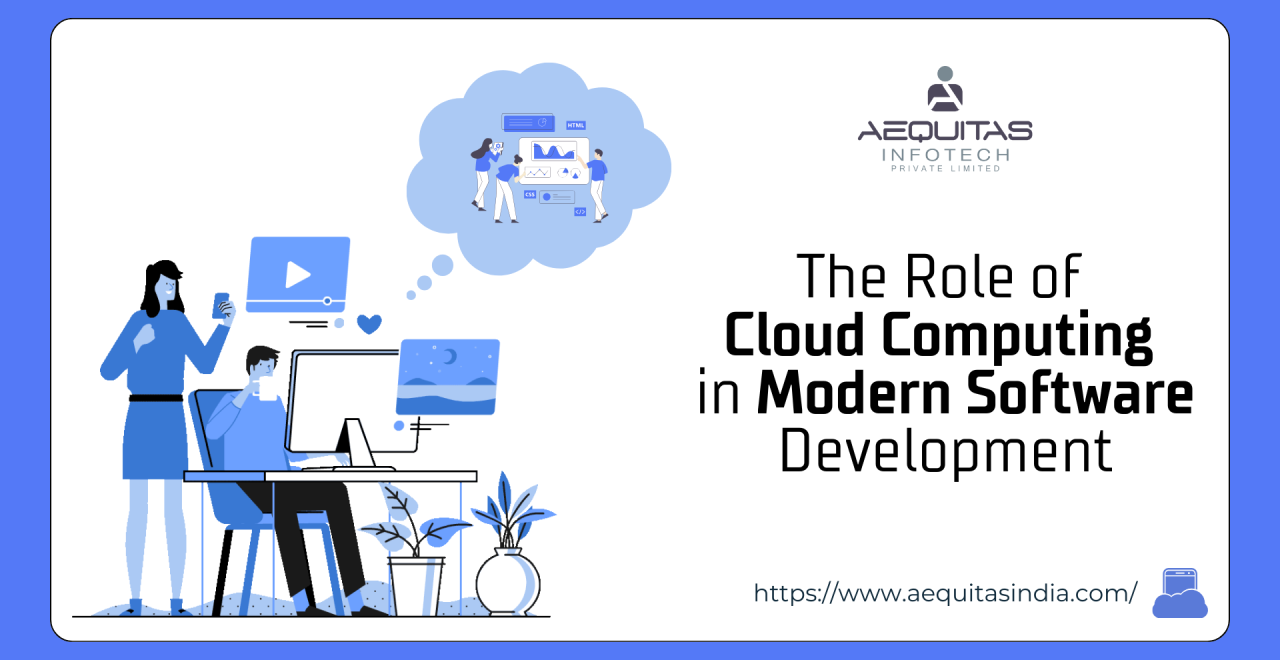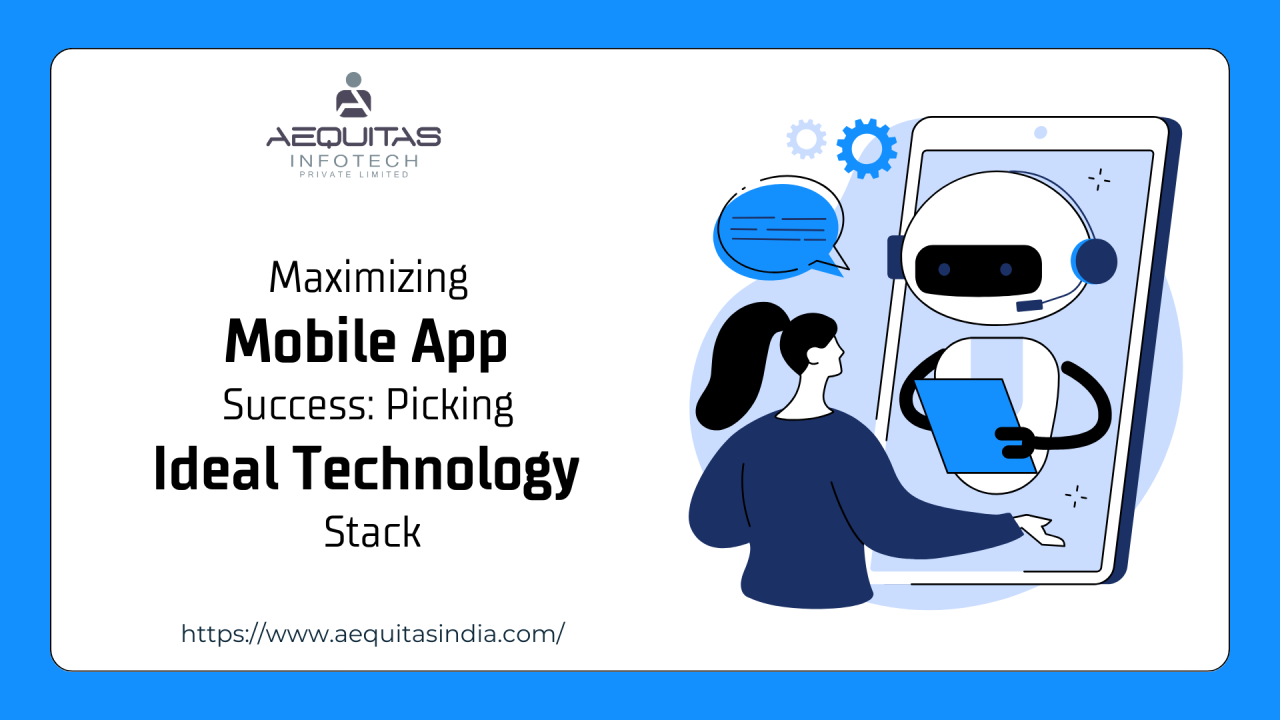
The Role of Cloud computing in Modern Software Development
In the realm of modern software development, cloud computing has embraced as a transformative force, reshaping the way applications are created, deployed, and managed. This technology has become an indispensable tool for developers, enabling them to build innovative solutions more effectively. Let’s explore the pivotal role of cloud computing in modern software development.
1. Scalability and Flexibility:
- Cloud platform offer scalable infrastructure, allowing developers to effortlessly expand or shrink computing resources to meet demand. This agility is crucial for handling dynamic workloads and ensuring optimal performance.
2. Cost Efficiency:
- Cloud services follows a pay-as-you-go model, eliminating the need for upfront infrastructure investments. This cost-effective approach enables software development projects to operate within budget constraints.
3. Accessibility and Collaboration:
- Cloud-based development tools and environments are accessible form anywhere with an internet connection. This fosters collaboration among development terms, regardless of their physical locations.
4. Rapid Development and Deployment:
- Cloud services provide a wealth of pre-built tools and services, accelerating software development. Development can focus on coding unique features rather than building infrastructure form scratch.
5. Continuous Integration and continuous Deployment (CI/CD):
- Cloud platform facilitate CI/CD pipelines, automating the testing and deployment of code changes. This ensures a faster, more reliable release process.
6. DevOps Integration:
- Cloud computing promotes the integration of DevOps practices, fostering collaboration between development and operations terms. This alignment result in improved software quality and faster time-to-market.
7. Data Storage and Management:
- Cloud databases and storage solutions simplify data management. Developers can leverage these services to store, retrieve, and analyze data efficiently.
8. Security and Compliance:
- Leading cloud providers invest heavily in security measures and compliance certifications. Developers can leverage these resources to build secure applications and meet regulatory requirements.
9. Machine Learning and AI:
- Cloud platforms offer robust machine learning and artificial intelligence services that can be seamlessly integrated into applications. This empowers developers to create intelligent, data-driven software.
10. Disaster Recovery and Redundancy:
Cloud-based applications benefit from built-in redundancy and disaster recovery capabilities, ensuring high availability and data resilience.
11. Global Reach:
- Cloud providers operate data centers worldwide, enabling software to be delivered to a global audience with low latency and high performance.
12. Serverless Computing:
Serverless computing abstracts server management, allowing developers to focus solely on code. This approach reduces operational overhead and simplifies development.
13. Ecosystem of Services:
- Cloud ecosystems offer a vast array of services, from AI and IoT to analytics and containers. These services enable developers to build feature-rich applications.
14. Environmental Sustainability:
Cloud providers are increasingly committed to sustainable practices, reducing the carbon footprint of software development by optimizing data center energy usage.
In summary, cloud computing has become a linchpin of modern software development, reshaping the development process and enabling developers to create powerful, cost-efficient, and scalable applications. As technology continues to evolve, cloud services will remain at the forefront of innovation, empowering developers to push the boundaries of what’s possible in the world of software development.







